5. M. Butterfly (1993)
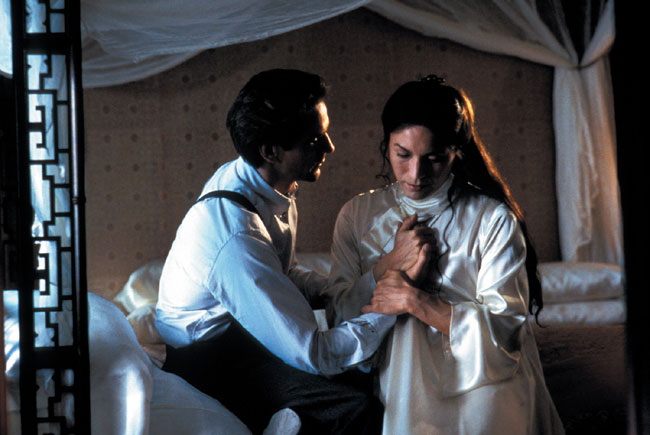
The grandmaster of body horror, David Cronenberg, made a unique romantic film that explores the West’s infatuation with Asian culture, in forms of imperialism and obsession. With touching performances by Jeremy Irons and John Lone (who starred in Bernardo Bertolucci’s The Last Emperor (1987)), M. Butterfly embodies Chinese culture and imperial history to examine gender troubles and the painful blindness of love.
Omitting spoilers, the plot generally concerns the love affair between a French diplomat and a Chinese Opera singer in 1960s Beijing. It has been receiving mixed reviews primarily due to the strange style. Sometimes it may seem contrived and absurd. However, keep in mind the film is based on true events.
While not being Cronenberg’s best film (it can be Videodrome or Eastern Promises or Crash), the drama has an almost Kafkaesque moral sensibility. John Lone’s shockingly unrecognizable performance deserves more critical praise. Jeremy Irons’ emotional and agonizing portrait of the obsessed man also demands pity and understanding.
Above all, this film is about the absurdity of human desire—to love and to be loved, and the tortures that come with it. For this universal theme and Cronenberg’s artistry, M. Butterfly should be remembered as a world cinema masterwork.
4. A Moment of Innocence (1996)
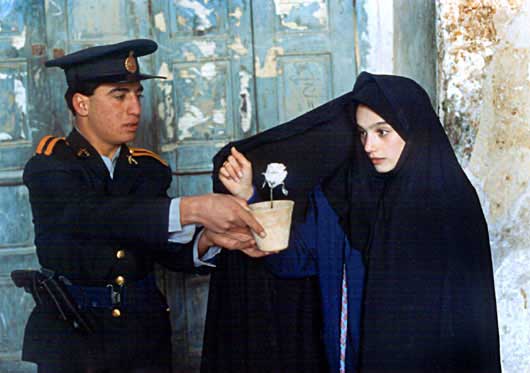
This little-known Iranian comedy, directed by Mohsen Makhmalbaf, contains some of the sweetest meditations on goodness, love, and youth ever put to the silver screen. Belonging to the Iranian New Wave movement, A Moment of Innocence is an intellectually rich, yet irresistibly endearing work.
Depicting the making of a film about a young man who stabs a policeman, the film is populated with humorous characters. The central conflict is the young actor’s (Ali Bakhsi) refusal to stab the policeman-actor (with a fake knife, on camera), due to his peaceful belief. The young man keeps saying he wants to “change the world”, reflecting a youthful, maybe naive, love for humanity.
The titular ‘moment of innocence’ probably refers to the ending freeze frame, with an emotional impact comparable to the ending of Truffaut’s The 400 Blows (1959). The short running time (78 minutes) compresses believable and lovable performances by young actors. The relaxed tone adds a warm aura about the drama.
Makhmalbaf is an important filmmaker. His Kandahar (2001) was nominated for the Palm d’Or. A Moment of Innocence serves as the ideal introduction to his dynamic filmography.
3. Perfect Blue (1997)
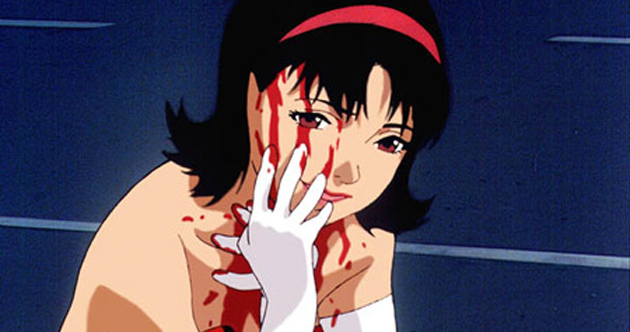
Satoshi Kon’s animation feature is a deliciously complex tour-de-force that requires active interpretation. The Japanese director’s influence on Christopher Nolan’s works, most notable on Inception (2010), with Paprika (2006), is significant. Nolan fans would find Perfect Blue an especially engaging experience.
Following a pop singer’s transformation into a film actress, bizarre events unfold, centered around a mysterious stalker. The anime has traces of film noir and Hitchcockian flare, complete with a hallucinatory depiction of fear and plot twists.
The techno soundtrack by Masahiro Ikumi paints Tokyo with a surreal tone. Like the novels of Haruki Murakami, the film has a consciousness-altering power, bringing the audience into a dreamscape. The themes of insane fandom and the bitterness of success are also highly relevant in today’s digital world.
For the viewers unfamiliar with anime, this sophisticated thriller would be a superb place to start. The film’s enigmatic character, however, may require multiple viewings. Perfect Blue is an artfully crafted cinematic labyrinth.
2. Code Unknown (2000)
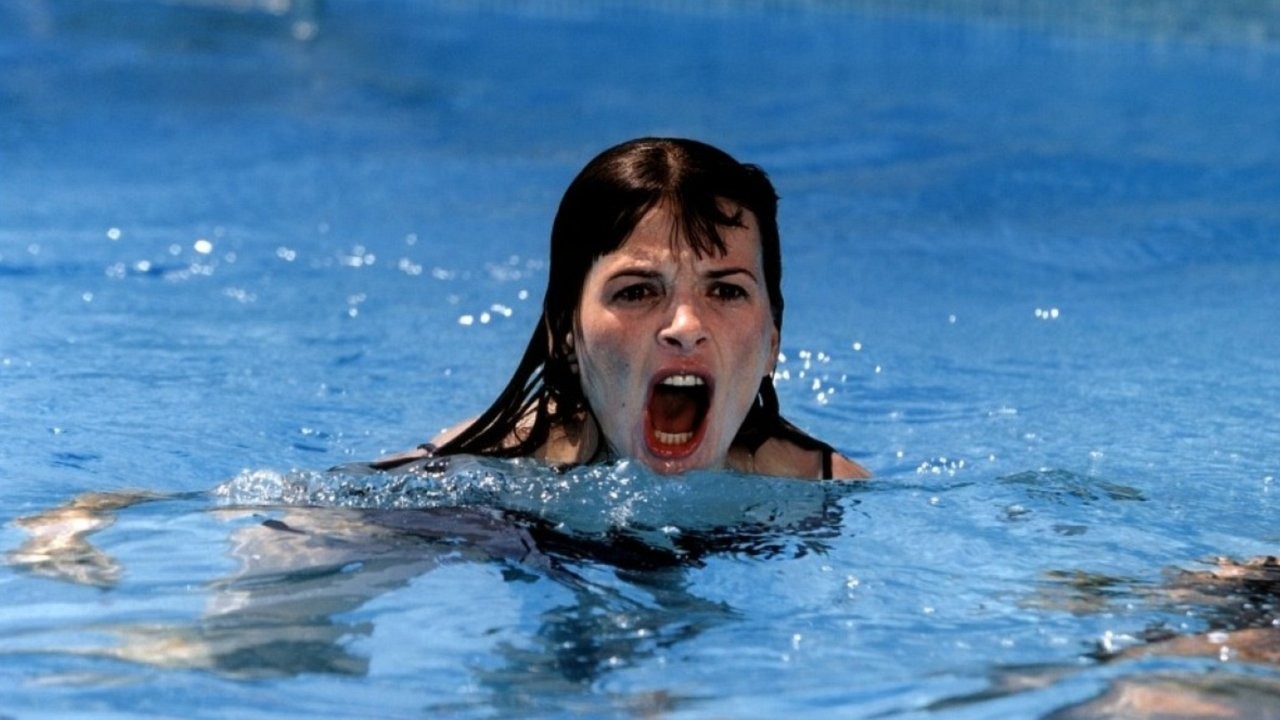
Michael Haneke is one of the most important directors in the world. His Funny Games (1997/2007), Amour (2012), and The White Ribbon (2010), among others, are all masterpieces to carefully appreciate. His first French film, Code Unknown, on the other hand, is not as acclaimed as his other works. One of the possible reasons is the film’s perplexity.
To understand the movie, one can start with the French title: ‘Code inconnu: Récit incomplet de divers voyages’—‘Code Unknown: Incomplete Tales of Several Journeys’. It is clear, then, the film is fragmented and multilayered (several journeys). The opening scene depicts children performing in sign language, followed by unconnected sequences of racial conflicts and familial dysfunctions.
The major theme of this enigmatic motion picture is the difficulty of communication, and the consequence of such obscurity of meaning-making. A highly intellectual work, Haneke demands from the audience patience and attention. However, it is also an extremely fulfilling cinematic exercise.
Viewers unacquainted with Haneke should start with his more accessible works, such as The Piano Teacher (2001). Nonetheless, keep in mind that Code Unknown is an unmissable great movie.
1. Pasolini (2014)
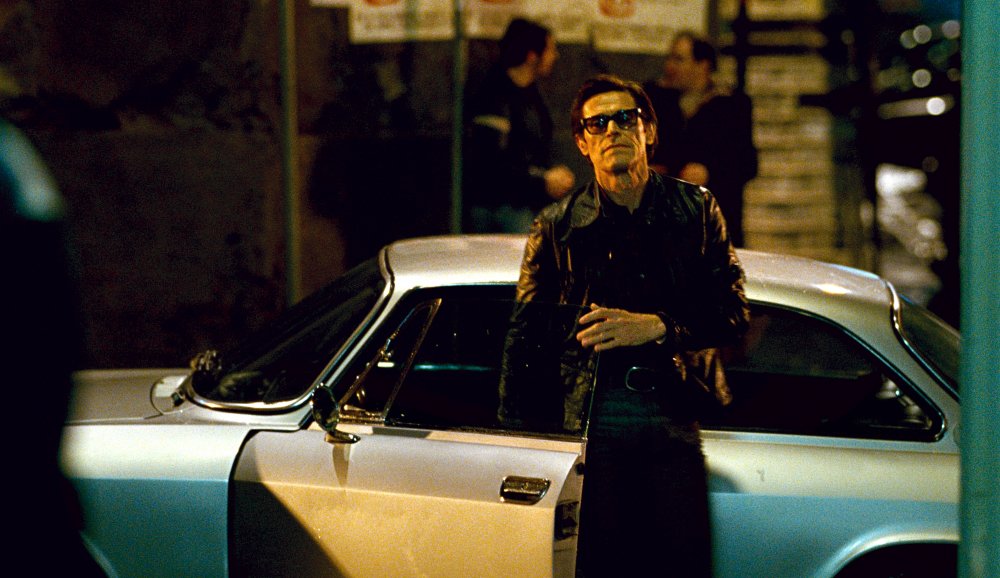
Pier Paolo Pasolini is a significant Italian filmmaker of the 1960s and 70s, directing late-neorealist works such as Mama Roma (1962), queer arthouse gems like Teorema (1968), and controversial explorations of power, exemplified by Salò, or the 120 Days of Sodom (1975). His life is as interesting as his works. Also an important poet and novelist, Pasolini lead the life of a political activist and public intellectual.
Abel Ferrara, who directed classics like Bad Lieutenant (1992) and King of New York (1990), pays tribute to Pasolini in his 2014 biopic. The film, it is important to note, only portrays Pasolini’s last living day, before he was being brutally murdered. It sketches the Italian filmmaker writing, being interviewed, presenting a new screenplay, and finally his death.
It is above all an intimate portrait of an artist, a filmic poem that tries to uncover the mysteries of life, death, and beauty. Unrightfully neglected, this heartfelt film belongs to the pantheon of great cinematic portraits, besides Mishima: A Life in Four Chapters (1985) and Inside Llewyn Davis (2013).
There is also an irrepressible melancholy lurking under the moving image, behind Willem Dafoe’s vulnerable performance—perhaps it is the horror of loneliness, which every artist must face.
Author Bio: Alvin Chung is an aspiring writer and filmmaker. He studies Media and Communications at the University of Sydney.